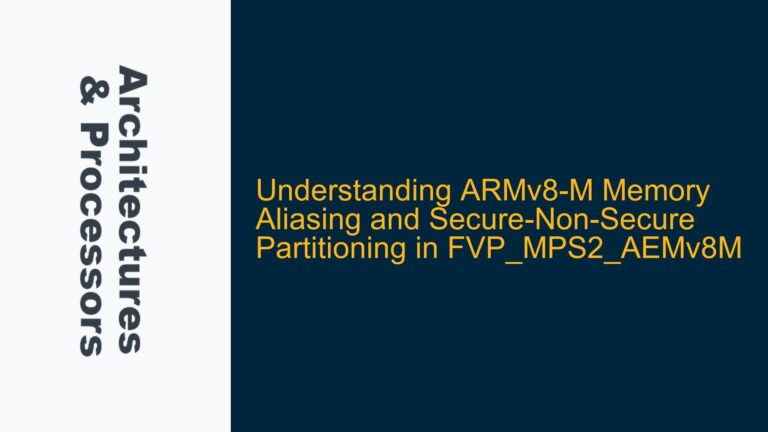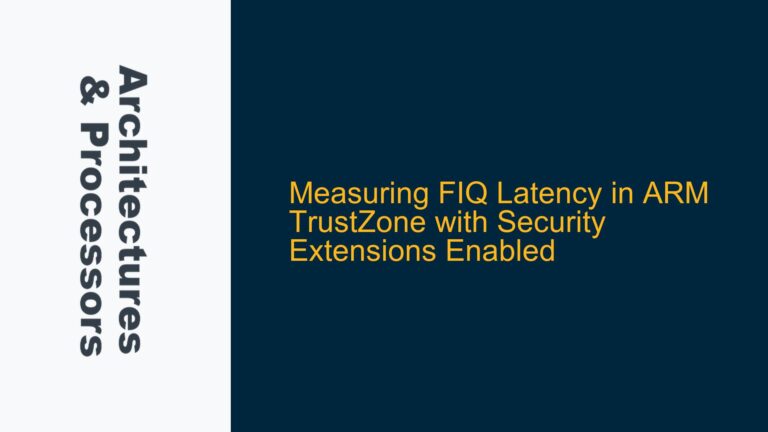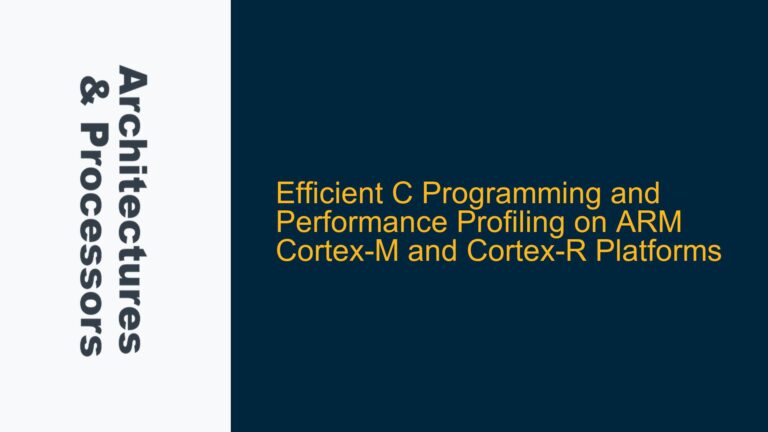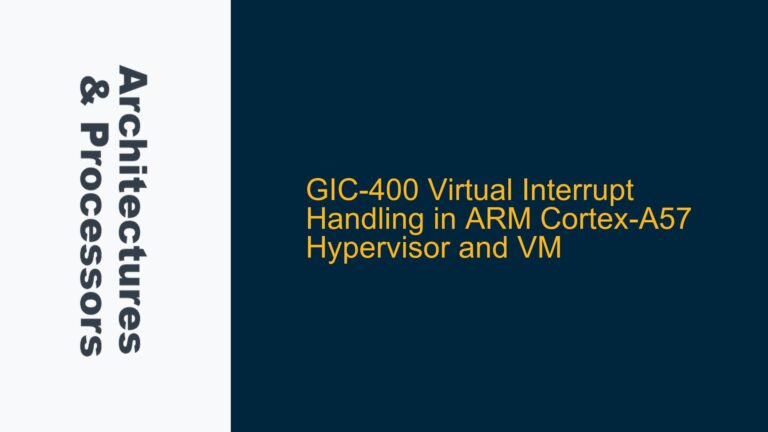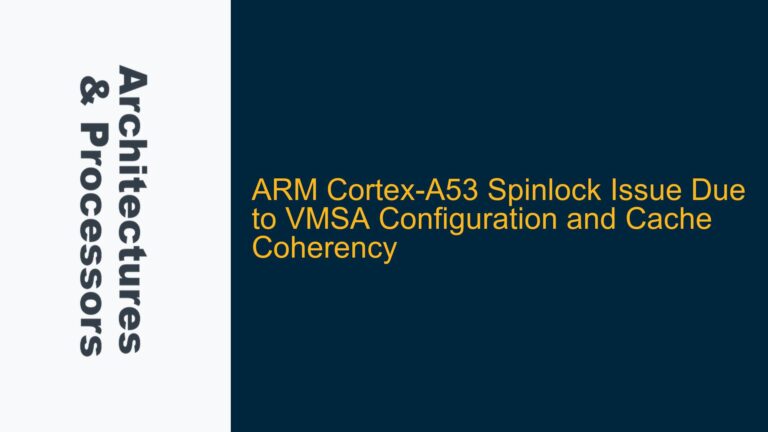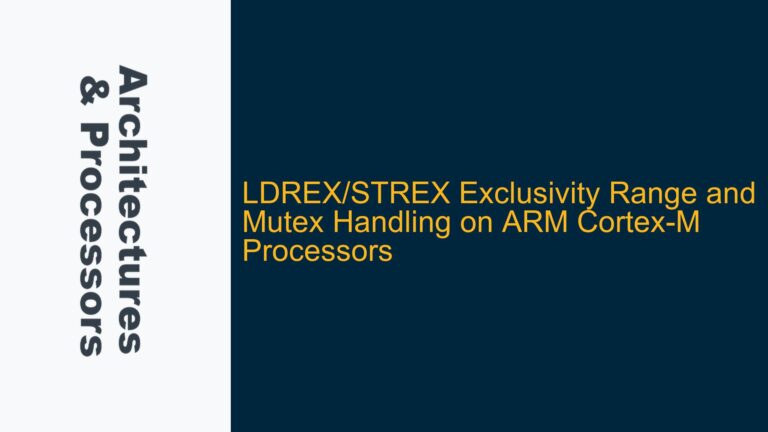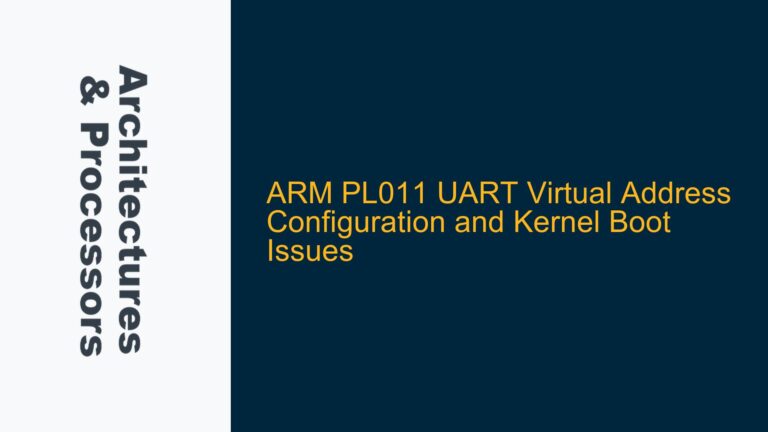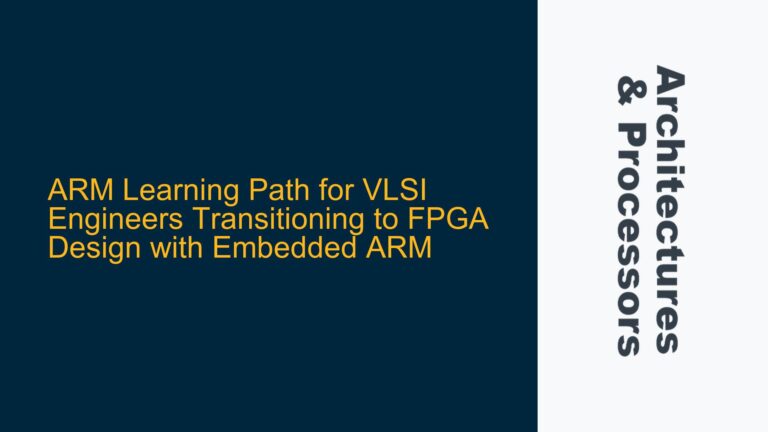ARMv8-M Memory Aliasing and Secure-Non-Secure Partitioning in FVP_MPS2_AEMv8M
ARMv8-M Memory Aliasing and Secure-Non-Secure Address Space Partitioning The ARMv8-M architecture introduces a robust security model that partitions memory into Secure and Non-Secure address spaces. This partitioning is critical for implementing TrustZone technology, which isolates sensitive code and data from less trusted software. In the context of the FVP_MPS2_AEMv8M model, this partitioning is achieved through…
